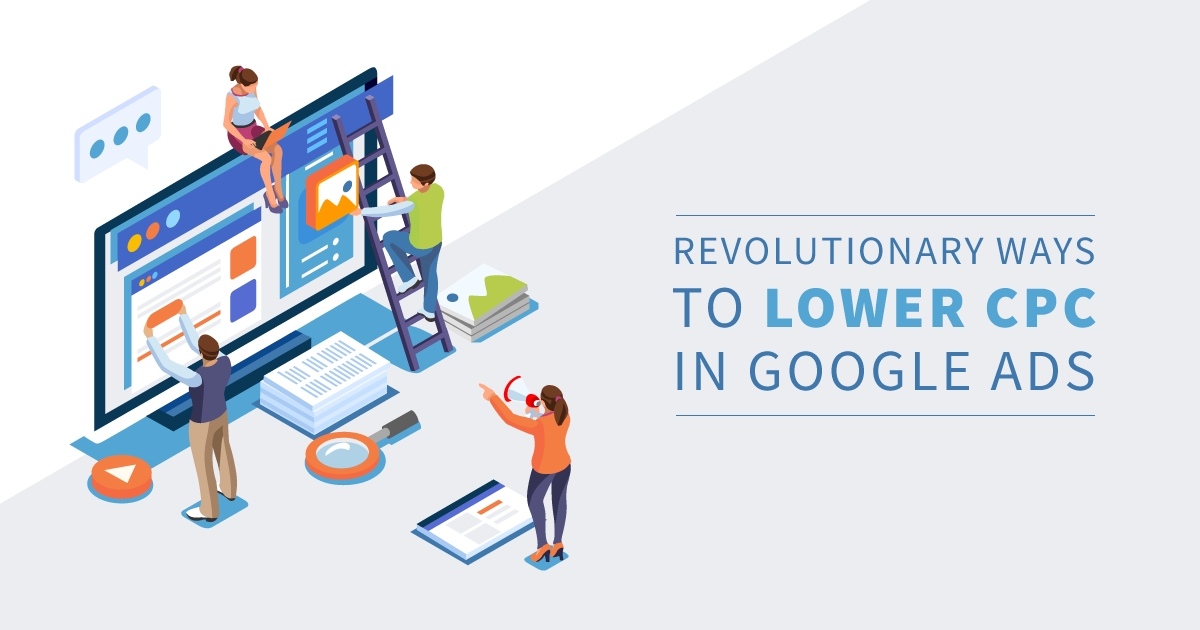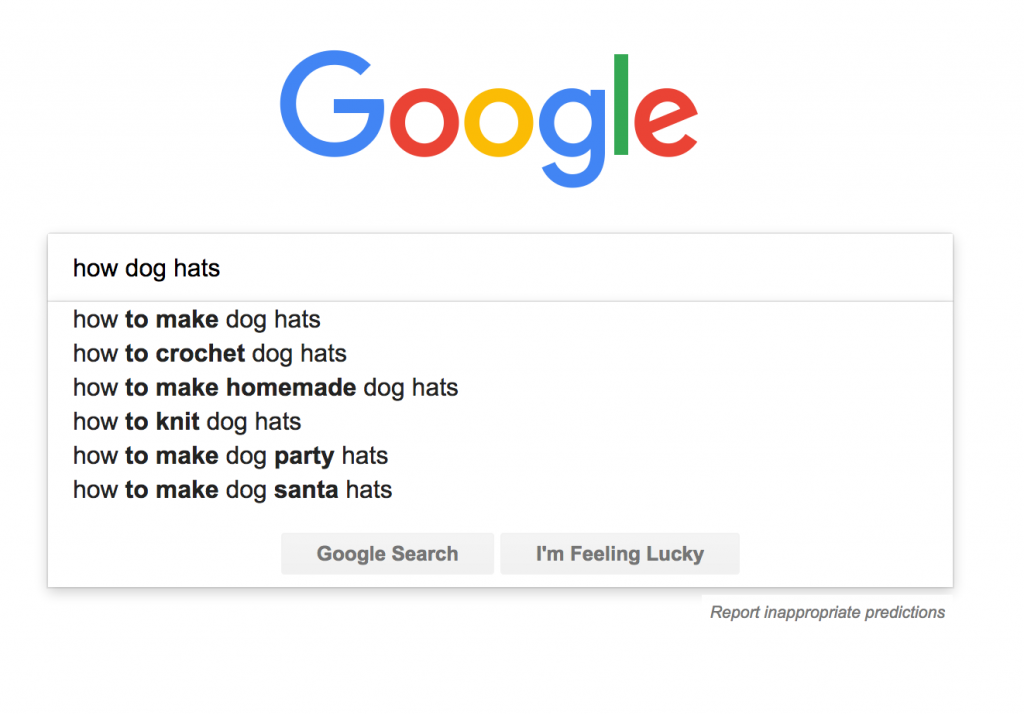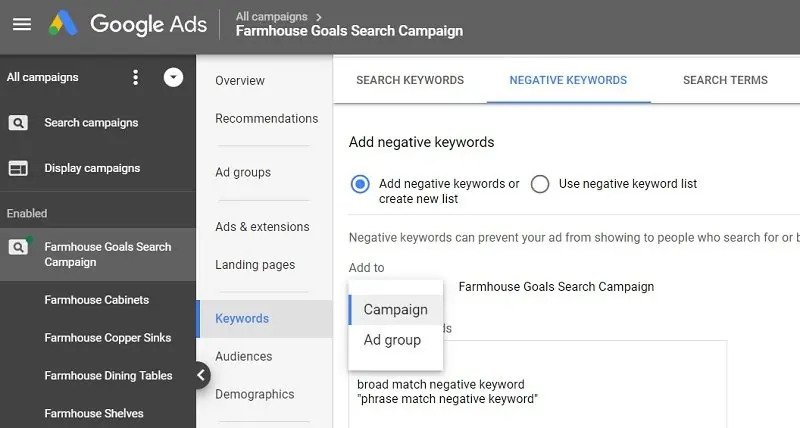
How much money does running an ad campaign with Google Ads cost?
There’s no one-size-fits-all answer to this question. It all depends on how you set up your ad, and the types of keywords you choose. But there is a surefire way to cut down on cost: lower your Cost per Click (CPC).
In this article, we explain what CPC is, how it works, and how to lower your CPC.
CPC is the amount you’re charged every time someone clicks on your ad.
Here is an example of how CPC works.
You run a campaign and set a max bid of $1 per click for the keyword “online marketing expert.” When someone searches for an “online marketing expert,” your ad may appear at the top of Google Search results or on a search partner site. If the user clicks on your ad, you will be charged.
Your max. CPC is the most you’ll typically be charged for a click, but it is possible to be charged less.
Now that you’re more familiar with the term Cost-per-Click and how this bidding strategy works, let’s explore what you can do to lower your CPC.
Your keywords are the words and phrases that match what you’re advertising. The key to lowering CPC is choosing the right keywords. Google’s Keyword Planner tool is an excellent way to get some ideas and better insights, such as the keyword competition and bidding cost.
To lower your CPC, choose long-tail keywords. Even though these keywords often have less volume of searches attached to them, that is a good thing. Less volume of searches means less competition in terms of bidding.
In addition, don’t always settle for the cheapest keyword. Sometimes, a pricier keyword will bring in more clicks to your website, increase your CTR and improve your Quality Score. This will allow you to pull in more clicks for less money in the long run.

Speaking of Quality Score, it is one of the factors that can heavily impact your CPC, as well as your ad rank. Google calculates the Quality Score by measuring the expected clickthrough rate, ad relevance, and landing page experience.
To improve your Quality Score, make sure to create highly targeted ads that are relevant to the search queries. Using keywords in ad headlines can also increase your ad relevance.
Last but not least, spend some time developing a quality landing page to reduce the bounce rate of your visitors and increase the time they spend on your site.
If you’ve completed the previous two steps and you noticed your CTR, Quality Score, and landing page performance improved, but CPC remained the same, it’s time to lower your bids. You’ll be surprised at how far down your CPCs can go while all the other stats remain the same.
Decrease CPC bids in small decrements for well-performing ads and keywords. Once you lower your bids, pay attention to volume and ROI. You want to ensure they don’t suffer because of the lowered CPC.
Negative keywords allow you to exclude certain queries from showing your ads to users. You can help improve your CTR and Quality Score by adding negative keywords while maintaining a low CPC.
The more specific you are with negative keywords, the better. For example, if you’re advertising for a marketing agency in Calgary, it might be a good idea to add the keywords “marketing,” “agency,” and also “company” as negative keywords.
You don’t want your ad to show up when people search for terms related to marketing companies in general, but rather when users type more specific keywords.

Analyze your ad performance and ask yourself the following questions:
Answers to these questions will help you determine the areas of low performance and high performance where CPC’s can be decreased and increased. For example, if you target only well-performing locations during instances of high performance, your ad will become more visible, your conversion rates higher, and your CPC lower.
Lowering CPC is not a myth. It is all about developing the right strategy. Make sure to choose the right keywords and keep improving your Quality Score. Once you do so, experiment with lower bids and add negative keywords to improve CTR while maintaining a low CPC. Finally, keep an eye on your ad performance and adjust bids accordingly for better results.
Keep in mind that consistency is critical when trying to decrease your CPC. Don’t make all these changes at once and expect results overnight. Take time to measure the results and keep making smart optimizations consistently.